The Apple Watch is a good example of disruptive technology. Many watch fans who previously lusted after luxury brands have turned to cheaper, disposable smartwatch technology because they believe it makes sense. It gives them more control and provides them with the information they feel they need.
Throw-away era
Smartwatches, smartphones and other similar gadgets are now throw-away items. Or, at least, they have a very limited life expectancy compared with traditional luxury items such as the Rolex Submariner or the Leica M film cameras.
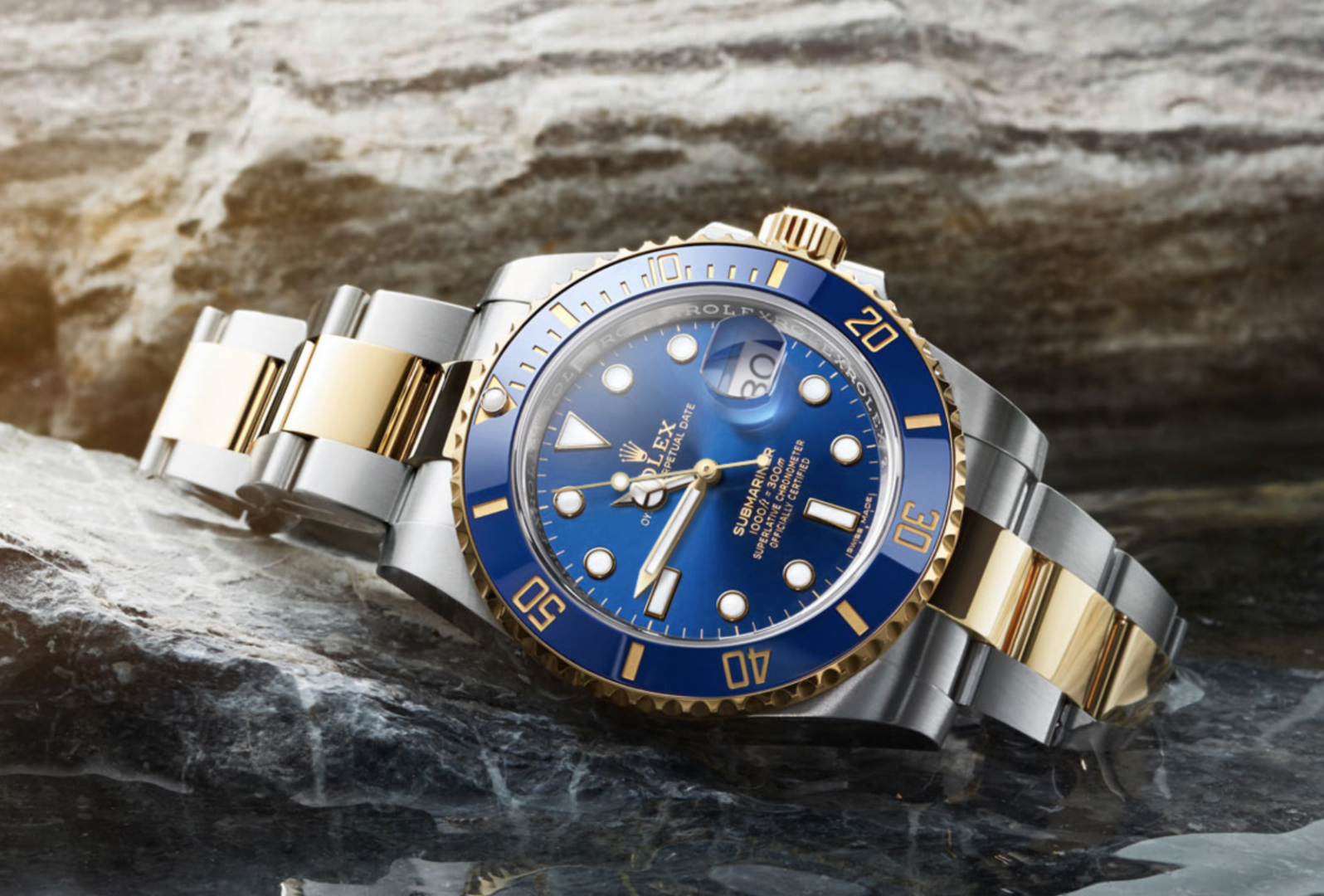
Or, for that matter, even when compared with functional common-or-garden items such as landline telephones. These can last and function for decades but they lack the technological conveniences we are increasingly coming to expect.
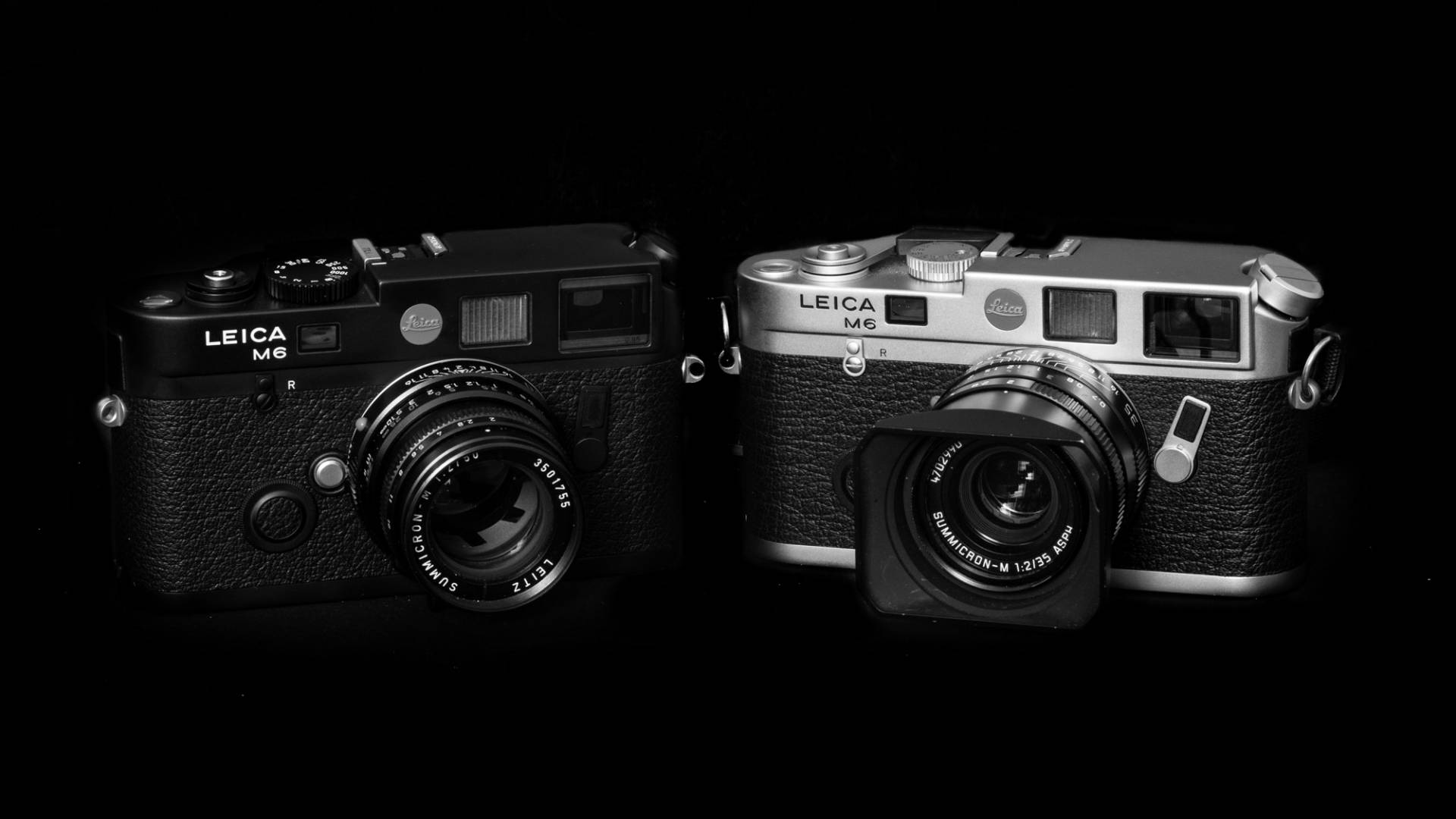
Once we all become accustomed to buying technology with a limited life, the idea of paying for luxury goes out of the window. Apple tried it with its gold Series 1 Apple Watch but it flopped. Who wants a $15,000 golden dinosaur when next year’s stainless-steel or even-cheaper aluminium version can do so much more? Currently, £750 is about as much as people wish to pay in the knowledge that in two years’ time the device will have to be replaced.
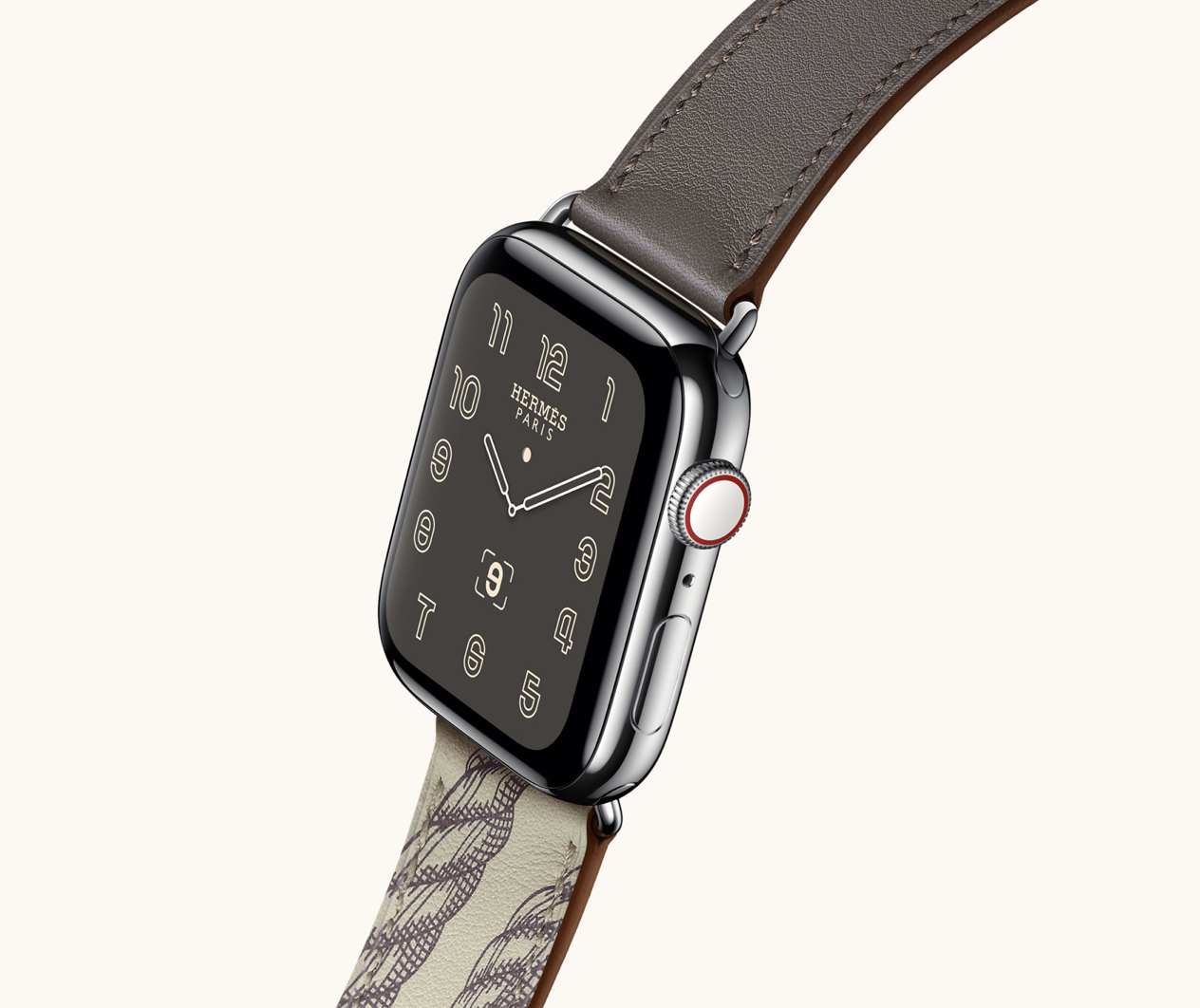
Technology and luxury
In an article published in The Telegraph earlier this year, James Titcomb argues, with some reason, that technology spells the end of luxury. Increasingly, even wealthy people will embrace short-lived but attractive technology in preference to finely crafted mechanical devices and exquisitely turned out accessories
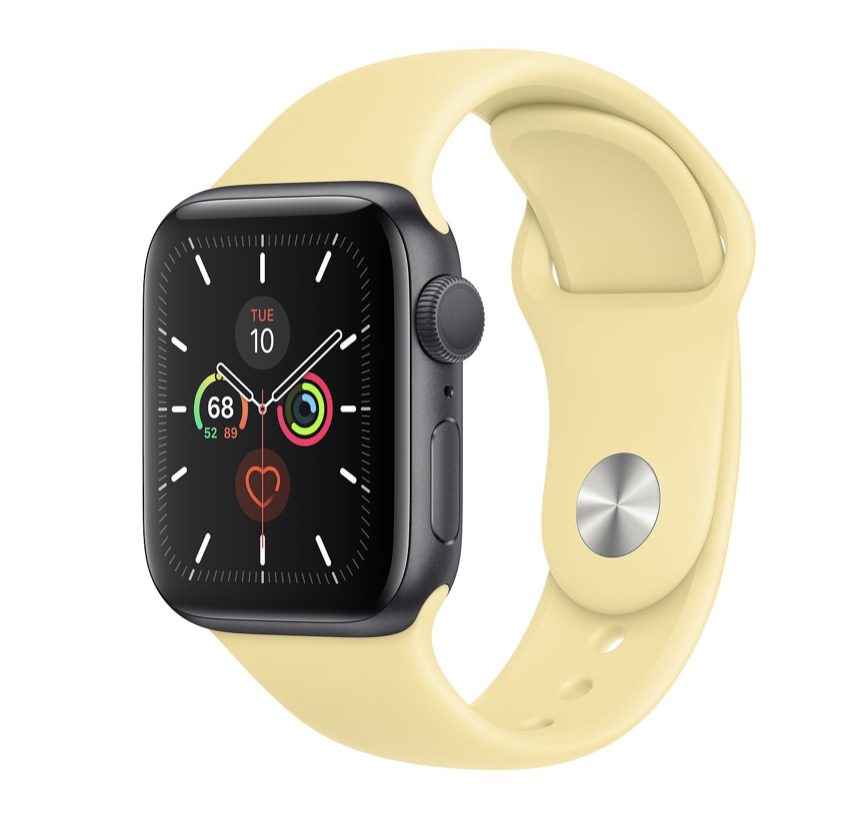
Will this trend bring changes to the photographic industry? Already we are hearing increasing chatter about computational photography. About the wonderful abilities of smartphones such as the latest Leica-equipped Huawei phone and the iPhone 11 Pro. Soon we won’t need traditional cameras at all, if some pundits are to be believed.
Silicon Valley venture
Even Leica is on the bandwagon. The company is opening a computational photography centre in Silicon Valley and no one is sure if the objective is to further develop the smartphone photography market (via the Huawei connection) or to enhance future Leica mirrorless cameras.

Macfilos author William Fagan was enthusiastic in a comment on Leica’s news last week:
This is great news. It shows that Leica, as a company, realises where photography is going and is taking steps to be part of the ‘new wave’. Leica got left behind in the late 1950s and in the 1960s and nearly got taken down in the 1970s because of failure to keep up with the SLR developments. If Leica has benefited by its Huawei alliance, it is by being introduced to where the vast bulk of photography is taking place today. All that being said, my interest in Leica’s past is probably even greater than my interest in Leica’s present, but I am probably unusual in that respect.
Now Ming Thein has waded in to the discussion and takes us on a journey through the wonderful world of computational photography. He concludes:
In a way, that’s perhaps why some of the modern cameraphones really deserve recognition: not because of what they can do, but what we’re not aware of that they are doing in the background: I know most of the time the result looks as I’d expect at the output sizes I’d use something like that for, and perhaps a bit beyond (don’t look too closely, it’s ugly at the pixel level; perhaps almost deliberately so to trick the eyes into believing there’s more continuity of texture than was actually captured) – but I don’t know how it’s doing it for any given frame. You only notice it when the result isn’t as you expect, and even then, it happens less and less. Personally, I like this vision of computational photography because of the freedom it affords to focus on the picture, not the process
Up for grabs
It’s too early to envisage how this new emphasis on computational photography will translate into the more traditional forms of photography — into our cameras as opposed to our phones. It probably won’t bring change to the traditional rangefinder, but the rest of the market is up for grabs.
In fact, the old rangefinder — even with a digital sensor — could be immune from the current hiatus, largely because of the timeless nature and ever-increasing value of M lenses. This alone ensures that Leica’s digital rangefinders have a longer life than ordinary mirrorless cameras. The survival of the ten-year-old M9 is a good illustration of this relative longevity.
Computer enhancement is used to perform tricks with tiny lenses and tiny sensors to make your smartphone photography look professional in terms of processing. But at what stage will similar computational tricks be employed in the cameras we know and love? The long-delayed Zeiss ZX1 promises strong emphasis on in-camera processing — with Lightroom built in — and, clearly, Leica must be looking at similar possibilities.
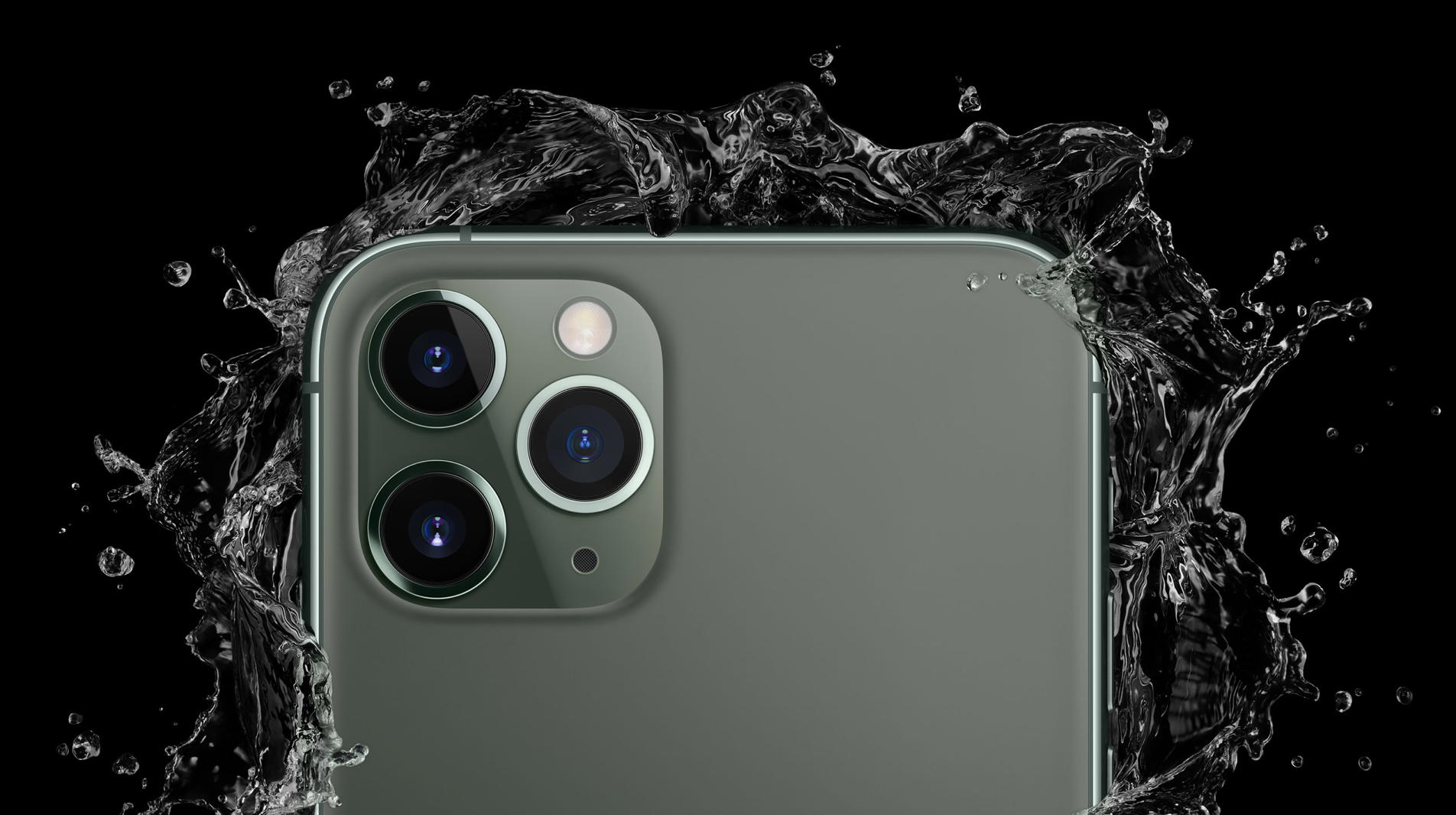
Luxury at stake
Last year Leica’s Stefan Daniel acknowledged the future importance of computational photography at a presentation he made to the LHSA members in Wetzlar. But he hinted that Leica’s preferred solution was via smartphone applications, such as Leica FOTOS, rather than in building more computing ability into the cameras themselves, as evidenced by the Zeiss.
There is sense in this if Leica wishes to retain its crown as a luxury manufacturer. If too much ephemeral technology is built into its cameras, they become throw-away items with no more life expectancy than, say, the Apple Watch. So why spend too much on build quality and in supporting a luxury marque, however attractive?
Three cameras in the iPhone 11 Pro and a mountain of code to produce flattering results, including faux bokeh effects.
Whatever transpires, it is clear that we are living in interesting times. The point-and-shoot camera market has been sunk beyond recovery by the smartphone. And, in retaliation, our mirrorless cameras are growing physically and offering higher resolution, better image quality and far more capabilities than were common even ten years ago.
At a time when smartphones are marketed increasingly as cameras, and with our mirrorless cameras emulating Billy Bunter, there might not much left in the middle ground within a year or two. Where the camera industry will be in 2029 is anyone’s guess.

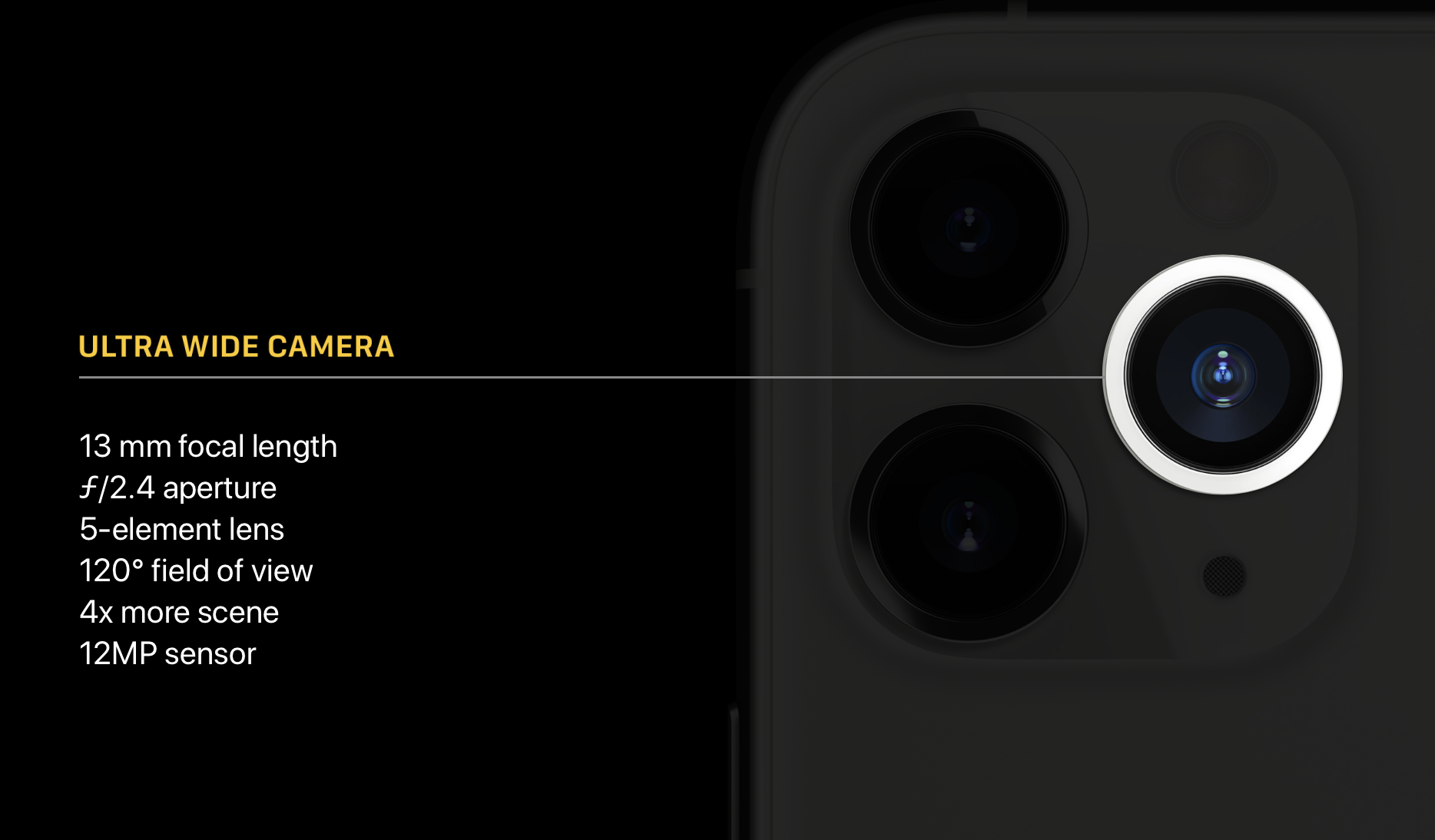
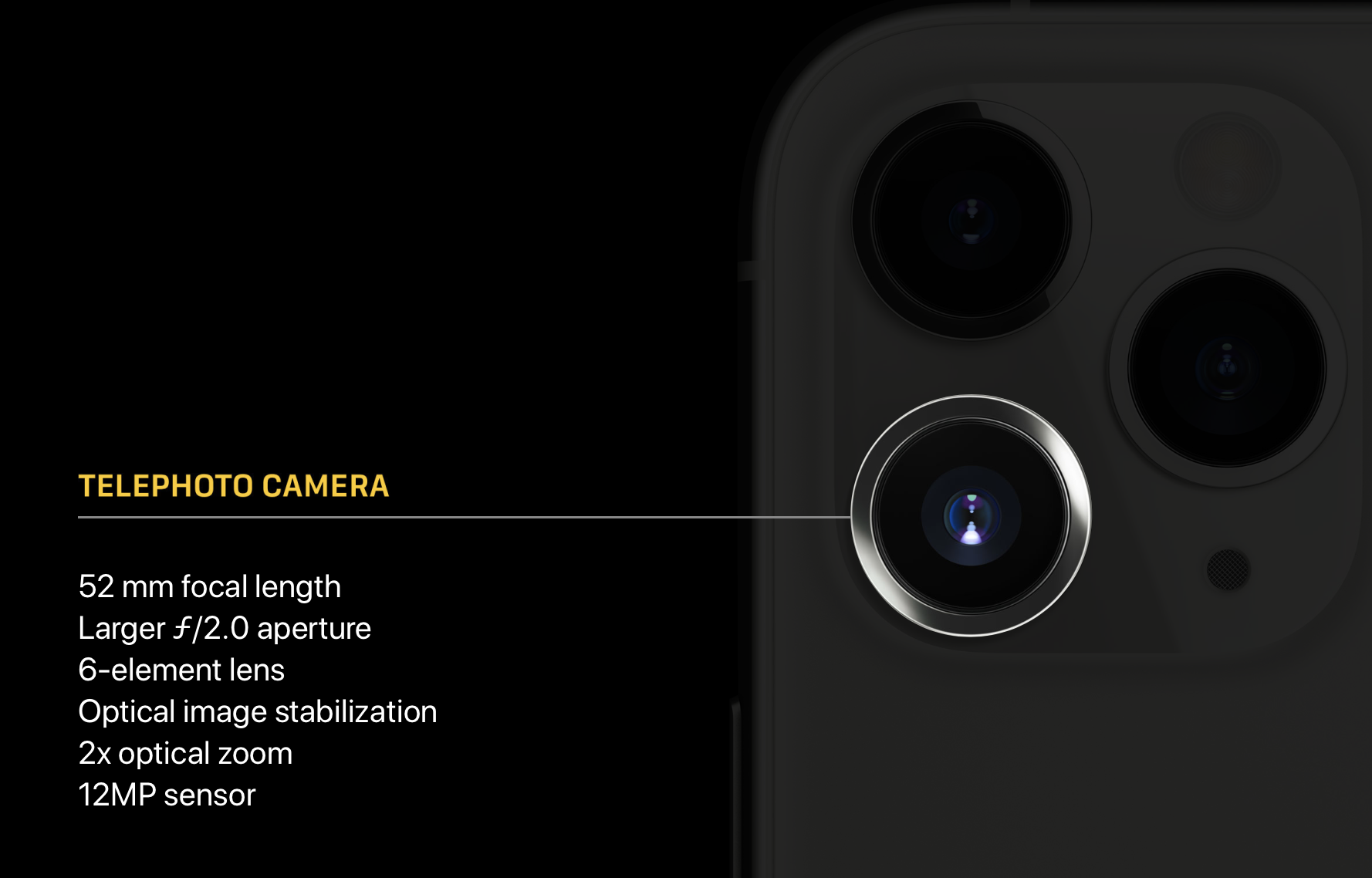
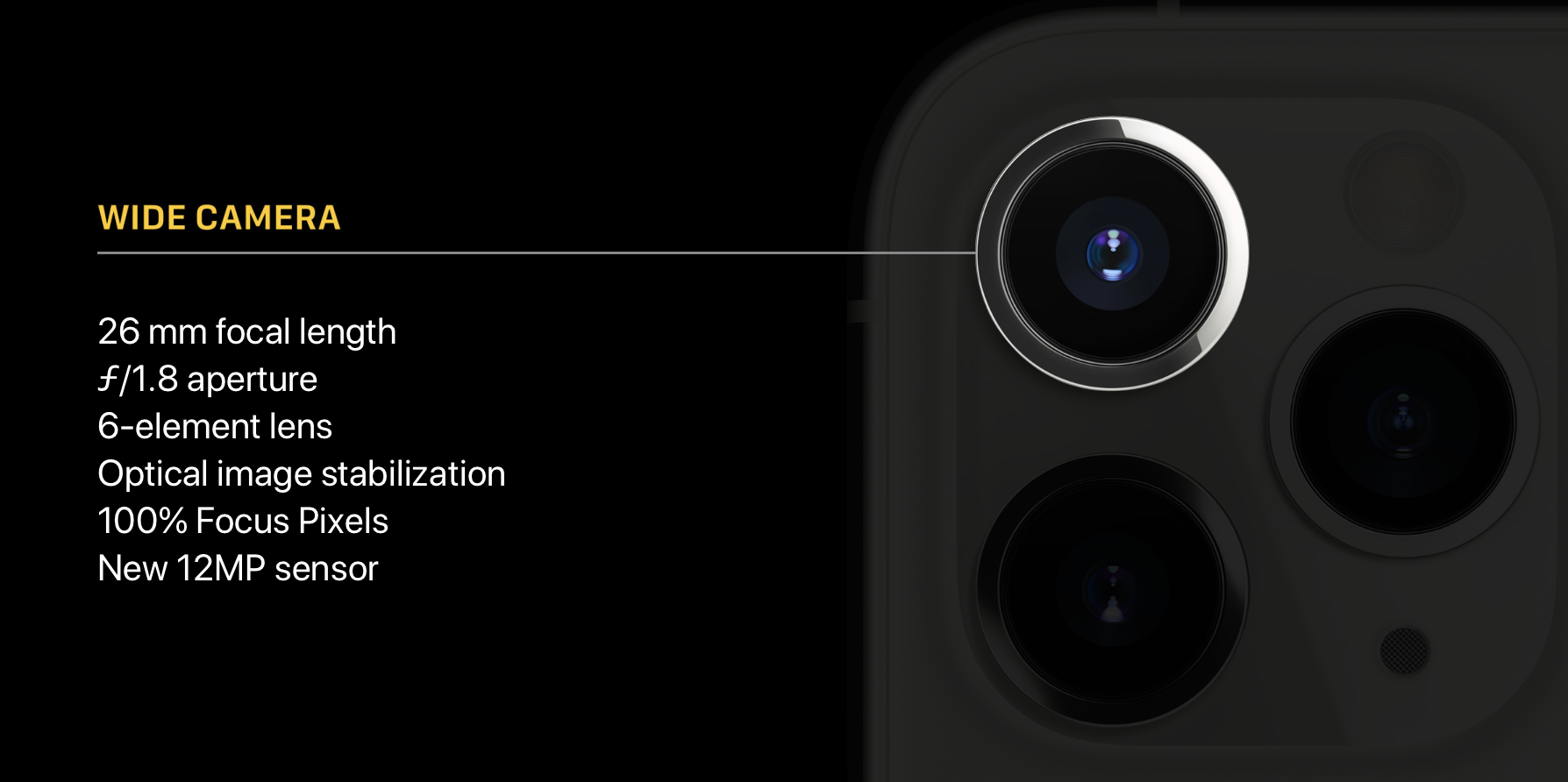
Will future cameras simply be larger iPhones with better lenses and more grip? Yup,but not TOO much larger!
I watch my offspring and their friends, age late 20’s to late 30’s. Some observations and a few probing questions to them-
– Printing a photograph is dead.They WILL NOT pay for ink, or devote the time to get the color right (think ColorSync and equivalents). This is one area where the larger camera brethren put the smartphone to shame. The small screen has limited the need for resolution. Lower res means quicker rendering and cloud storage. Perfect for shorter attention spans- and texts. I rarely see any of them looking at images much older than a few weeks to months at best. Images are fleeting, and phones serve that well.
– Composition is not even a glimmer in their eyes.
– There is too much bother to move images from a camera to the final resting place. “SD card? What’s that? You want me to do what?”, as they stare at the Geezer like I’ve finally lost it. I saw somewhere the comment that Leica is concentrating more on the Fotos app. I get it. Anything that impedes moving that image out is death. I love my M10P and SL, but sometimes getting to the card (M10P) is tiresome (leather case and all). The Fotos app works, but by definition is slow, and power hungry. So the battery has to come out anyway.
– Luxury? Well, maybe. I met a young photographer at a park wandering around with a 5D and 24 to 105 lens. He came up to me fascinated by the red dot. Never touched one before. Without any comment on my part, he immediately set out to show me how superior AF is. I waited for him to finish- age does fine tune patience! Then I handed him the M10P. He clicked the shutter a few times, then a few times more (I have lots of feet pictures!). Then he walked around a bit (I had his 5D). After a while he gave it back- but his eyes were fixed, and I could see the nascent lust growing. While he handed it back, he was clicking the shutter.
Maybe there’s a place for ‘luxury’ after all.
During my lifetime, many industries have experience being outflanked by startups with a fresh perspective. Often, it is because history and tradition have limited their view of exactly what business they were in, and it is defined too narrowly. Watchmakers thought they were in the business of telling time. Retailers thought they were in the business of selling stuff. Camera makers thought they were in the business of taking photos. In each of these arenas, the existing dominant companies were outflanked by smaller startups, who many of them did not even think were rivals at the time. Digital accessories that provide real time data (oh, and including what time it is). Amazon being an online presence that co-opted retailer brick and mortar stores – one of the major innovations in selling things was the ability to provide real world feedback from other customers on their experience. Cell phones were likely never envisioned in the earliest days as a competitor to a camera – but once cameras were incorporated, bad as they were, one always had their camera with them, because they never go anywhere without their phone – oh, and it does lots more than take photos!
As all our lives become more interconnected and revolving around technology, multi-use capability has become a critical ingredient, because no one has enough pockets to carry 20 gadgets around daily. I suspect their will always be some kind of market for high end photography equipment – mostly for the experience of composition, in my opinion, which largely is missing from the cell phone experience. Better glass, more megapixels, faster shutters – these are relics of old style marketing that is fast becoming irrelevant in this digital age of multi-use devices. Steve Huff recently wrote an article on the future of the camera industry that I think is rather good, and I agree with much of it: https://www.stevehuffphoto.com/2019/09/18/where-is-the-camera-industry-headed-my-take/
But like all of life, the best attitude is a “we’ll see” attitude…so we’ll see!
When the grid goes down — and it will — “luxury” will become what will “work” without electric power, be it cameras, computers, cars, or whatever. At some point the “cloud” will become a “storm cloud” of the lost and irretrievable. Some have said we’re living in “the dark ages of photography.” Only a small percentage of photographs now being taken are archived, and “old floppies” won’t be viable like “old negatives” are today. But, as David B. said, we’re all going to be “recycled” one day, and then “it won’t matter any more.” At least not to us.
I’m not sure that “luxury” will be killed off. If anything, “Luxury” will perhaps be enhanced, but it will be a shrinking market in the sense that it will have to be genuine, top notch quality . There’s still a joy in using premium, tactile objects that is definable and real. Be it cameras, pens, motorcycles, cars. That upper level will remain imo.
The phones/cameras thing is interesting. I’ve always been of the view that only genuine photographers will buy cameras. That phones take pictures is a happy coincidence for most people and most were never likely to buy a camera beyond the basic p&s anyway, or be bothered carrying one anyway. The market is shrinking due to incidental use transferring to phones, but if anything this will increase the need for real cameras to move to the premium status to generate sales – and I think we’re seeing that. There’s little market for flawed designs – im thinking of the Lumix Gx9 as an example , which was inexplicably released without weathersealing and has a substandard evf and has failed to sell as a result – and “cheaper” seems to run second now to “good” for all brands.
And I still love my Seiko premium kinetic watch. I’ve no interest in these new ‘smart watches’ as anything but a tool. I’ll reach for quality when I want to feel good about myself.
A few years back I bucketlosted a Cadillac, had go dealer for annual inspection get ready for winter. The dealership owner said next year you are due to trade, I said yes, he then informed me I will probably be looking at crossover XT4,5 or 6. Cadillac killing sedans right now hv 3 models might save one. Chevy and Ford doing likewise. So there is an example of luxury down the drain.
A lot of the argument centers on how you define luxury, and being really specific, how you define it for a particular category of goods.
Is luxury about convenience and labor saving? Is it about the visceral experience? Is it about the use of expensive materials? Is it about exclusivity? Is it about price premium? Is it about advanced technology? It could be all of the above in different hierarchies depending on the category.
The advanced technology attribute is tricky as it inevitably plateaus at some point. Mobile phones are at that point and arguably personal computers are there also.
We also have the potential for what was obsolete and abandoned technology becoming desirable again. Vinyl? Valve amps? Vintage watches? Cars with (gasp!) clutches, manual gearboxes, and no PAS! Food goes retro with peasant food becoming luxury food.
Cameras are hard because of the limits, not of the glass, but of electronics that run hot and batteries that either don’t last long enough or are too big. The other big area that might give Leica leeway (but you need a good partner and deep pockets) is taking advantage of 5G where data transmission speeds and latency are dramatically improved. Can the processing of images in camera be done faster by transferring them to your cloud based development program which you can then see using your camera as a remote viewing platform? And all in an instant?
Can greater AI be employed to recognize the type of photograph you like to take and improve your images? Ferrari’s latest stability systems make you look like Charles Leclerc even if you have no experience at all. An AI system for your camera that flatters may be the greatest luxury for photographers.
It in the end it comes down to luxury being personal and what’s most desirable to you.
The only issue I see with people thinking they are Charles Leclerc, is that they can still crash like an F1 driver when it all goes horribly wrong. And how that affects them is often irrelevant, but how it impacts on innocent bystanders is the thing that bothers me most.
The 5G thing is lost on me, when about 50% or more of the UK doesnt have 4G yet – I would rather we had national coverage of decent fibre speed internet and mobile phone coverage. Than have a faster something only accessible to a 0.5% of the UK’s population – perhaps even that amount internationally.
Just a perspective anyway.
“..our mirrorless cameras are growing physically and offering higher resolution..” ..no, I don’t think that mirrorless cameras are growing: look at the Sony A7 series ..much smaller than the SLR versions with a pentaprism and mirror inside ..same with the Canon EOS R ..smaller than previous EOS full-frame SLRs, and the EOS RP is much smaller than the R..!
And yup, the horse seems to have turned into a luxury item; now we drive cars. But it’s always been that way. Most people chucked away their big old mains-powered radios when transistors became mainstream. A few nostalgic collectors hold onto them, and you see a few in museums (musea?), but – like the typewriters being thrown in a skip in Alan Sugar’s old adverts for his PCW, or IBM-alike, word-processor computers – the old stuff gets chucked ..but maybe a few people hold onto them, and possibly sell them at ‘collectors’ prices. Are you writing these website columns on an original Macintosh ..no, I didn’t think so.
New technology – water-powered weaving mills, for instance – always displaces older, now-having-become-inefficient technology. Does the army still use bows and arrows?
So yes; these big, chunky lenses will get chucked, and the next generation will use teeny-lensed ‘computational’ photography. That’ll be the norm. I mean, how many of the current generation still use film? ..Do you, Mike? ..’Simulated’ bokeh will also become the norm.
Look how quick the change was made from cinemas showing film (..juddering through mechanical projectors at 24 frames per second, and needing big ‘cakestands’ or ‘towers’ to hold their three-mile-long spools of film..) to almost all UK cinemas presently showing digital ‘4k’ video projection (..and the simultaneous loss of ‘projectionists’ who knew how to splice, focus and rewind film ..none of the current teenagers I’ve met who seem to be running cinemas now has the slightest idea about film).
Anyway, I’ll soon be recycled, and a newer version, with new ideas, will take over running the world..
I always wondered why the film never breaks when I’m in the recliner at the View multiplex Screen 93. I remember they used to have to glue it together again halfway through the film.
But if you ask me whether I look back more fondly on my viewing of “Boeing Boeing” in the Mallaig Community hall in 1969 to last night’s lazy falling asleep to the History of House Music as recommended by a friend, it will be the former, despite the fact that I am more interested in the latter.
A proper film running and tearing its way through the Mallaig community hall’s ancient pair of projectors far surpasses the easy experience of my Apple TV.
Why? Well I slept through the latter, but when I emerged from Boeing Boeing all those years ago at midnight, and it was only getting slightly dusky, with the Northern Lights wobbling about to the north west, there was a memory that I would not forget.
I have no idea what the film was about, but I suspect that if you want to see a film in Mallaig these days, you are expected to sit at home and tune into your Apple TV. It is not the same.